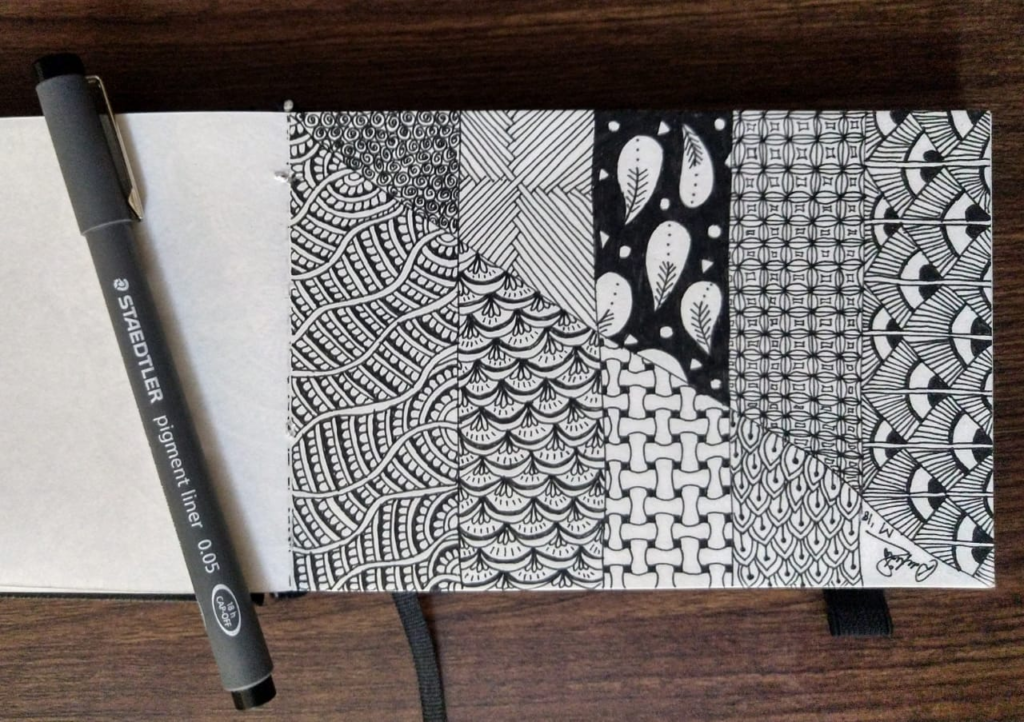Pattern are a fundamental aspect of our world. They appear in nature, art, and everyday life, guiding our understanding and interaction with the environment. This comprehensive guide will explore the concept of pattern, their significance, and their various applications across different fields.
What Are Pattern?
At their core, pattern are regularities or repetitions in data, objects, or events. They can be simple, like a repeating geometric shape, or complex, like the intricate designs found in nature. Pattern help us recognize familiar structures and predict future occurrences.
Types of Pattern
Pattern can be categorized into several types based on their nature and application. The main types include:
- Geometric Patterns: These patterns involve shapes and designs that repeat in a regular manner. Examples include tiles on a floor or wallpapers with repetitive motifs.
- Natural Patterns: Found in nature, these patterns include phenomena such as the spirals of a sunflower or the branching of trees. They often follow mathematical rules, such as the Fibonacci sequence.
- Abstract Patterns: These patterns don’t adhere to a specific shape or structure but are instead defined by their irregular or artistic repetitions. Abstract patterns are commonly used in modern art and design.
- Behavioral Patterns: These patterns are seen in human behavior and social interactions. For instance, purchasing trends or voting behaviors often follow recognizable patterns.
The Role of Pattern in Design
Patterns are crucial in design, influencing both aesthetics and functionality. In graphic design, for example, pattern can create visual interest and guide the viewer’s eye. In fashion, patterns are used to differentiate styles and trends.
Visual Impact
Patterns can significantly impact the visual appeal of a design. For instance, a well-chosen pattern in a website’s background can enhance user experience by making the content more engaging. Similarly, in interior design, pattern on fabrics or wallpapers can set the tone for a room’s decor.
Functional Aspects
Beyond aesthetics, patterns can also serve functional purposes. In user interface design, patterns such as navigation bars or search boxes follow established conventions, helping users interact with digital platforms more intuitively.
Patterns in Nature
Nature is full of patterns that often follow mathematical principles. These patterns are not only beautiful but also functional, aiding in the survival and efficiency of organisms.
Mathematical Patterns
Mathematical patterns, such as the Fibonacci sequence, are prevalent in nature. The arrangement of leaves on a stem, the branching of trees, and the patterns of various shells often follow these mathematical rules, showcasing nature’s inherent order.
Ecological Patterns
Patterns also appear in ecological systems. The distribution of species in an ecosystem, the migration patterns of animals, and the formation of ecosystems themselves often exhibit recognizable patterns that help scientists understand ecological dynamics.
Patterns in Data Analysis
In data analysis, patterns are crucial for interpreting and making predictions from data. Identifying patterns can reveal trends, anomalies, and insights that are vital for decision-making.
Trend Analysis
By analyzing patterns in historical data, analysts can identify trends that help forecast future events. For example, analyzing consumer spending patterns can help businesses predict future sales and adjust their strategies accordingly.
Anomaly Detection
Patterns are also used to detect anomalies or outliers in data. For instance, in cybersecurity, identifying unusual patterns of network traffic can help detect potential security threats.
The Psychological Impact of Patterns
Patterns can have a profound impact on our psychology. They affect how we perceive and interact with the world around us.
Perception and Cognition
Our brains are wired to recognize patterns, which helps us make sense of complex information. This ability to identify patterns quickly can be advantageous in learning and problem-solving situations.
Emotional Response
Patterns can evoke emotional responses. For example, familiar patterns in music or art can create feelings of comfort and nostalgia, while unfamiliar patterns can evoke curiosity or confusion.
Applications of Patterns
Patterns are used in various applications, from technology to art. Their versatility demonstrates their importance across different domains.
Technology and Computing
In computing, patterns are used in algorithms and data structures. For example, pattern recognition algorithms are essential in machine learning and artificial intelligence, enabling systems to learn and make predictions based on data.
Art and Architecture
In art and architecture, patterns contribute to visual harmony and aesthetic appeal. They are used to create rhythm and balance, enhancing the overall design of spaces and objects.
Conclusion
Pattern are an integral part of our world, influencing everything from natural phenomena to human design and technology. Understanding pattern helps us appreciate their role in various contexts and harness their potential in practical applications. Whether in nature, design, or data analysis, patterns provide valuable insights and enhance our interaction with the world around us.

